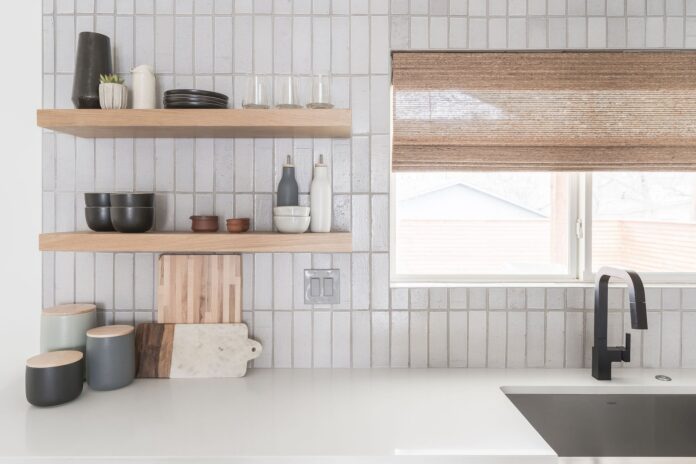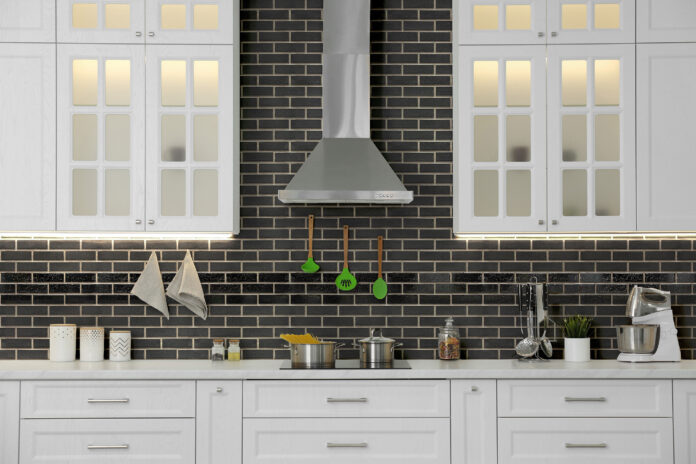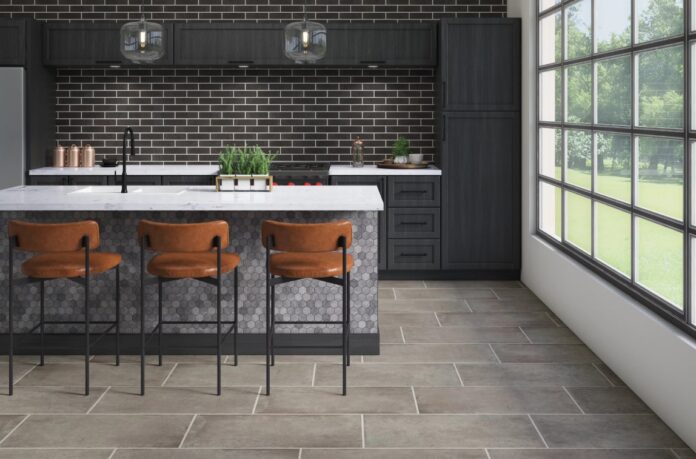In the realm of interior design, innovation, and creativity have birthed an array of captivating design elements that redefine spaces, leaving lasting impressions. Thin bricks, a versatile and increasingly popular option, have emerged as a dynamic tool in the hands of designers and homeowners alike.
Beyond their utilitarian purpose of wall construction, thin bricks usher in a rustic charm that melds seamlessly with various design styles, fostering captivating visual narratives within our living spaces.
Benefits
Before you buy thin bricks, you have to know about the good things they bring to the table. At the very heart of thin brick’s allure lie a myriad of benefits that elevate them above conventional construction materials.
Rejuvenating spaces with an authentic texture and character, thin bricks impart a warm, timeless appeal reminiscent of historic buildings.
Their slim profile allows for greater flexibility in design, seamlessly blending rustic aesthetics with contemporary spaces and transcending style barriers.
Durability takes center stage as they prove their resilience against wear and tear, promising a lasting investment that withstands the tests of time. Unlike paint or wallpaper, thin bricks are unfazed by fluctuations in temperature and offer a tangible sense of sturdiness.
Furthermore, they also provide excellent thermal insulation, contributing to energy efficiency by regulating indoor temperatures, thereby reducing heating and cooling costs.
Choosing the Right Variety for Your Space

When it comes to choosing thin bricks for your space, a meticulous selection process can yield captivating results. Diverse textures, colors, and finishes invite exploration, allowing you to align thin bricks with your envisioned aesthetic.
From reclaimed barn wood to sleek industrial vibes, the choices are as diverse as your design preferences. However, before diving into the sea of options, it’s vital to consider the specific needs of your project.
Are you aiming to infuse warmth into a modern kitchen, or seeking a rustic accent wall in your living room? Understanding your desired outcome guides the selection process, ensuring harmonious integration into your existing design scheme.
Remember to consider factors such as room lighting, color palette, and overall design theme.
Preparing the Surface for Installation
A successful thin brick installation hinges upon proper surface preparation, laying the foundation for a stunning visual transformation. The initial step involves assessing the condition of the wall. Is it uneven, damaged, or coated with paint or wallpaper?
Depending on the state of the surface, various approaches may be needed. Removing existing obstacles such as wallpaper or paint involves meticulous effort, ensuring the wall is a blank canvas ready to receive the thin bricks.
Repairing cracks and smoothing uneven surfaces paves the way for a flawless installation process. This phase necessitates attention to detail, as a properly prepared surface is essential for long-lasting results.
Moreover, applying a moisture barrier shields your wall against potential water damage, safeguarding the integrity of the installation.
Installation techniques
Embarking on the installation journey demands familiarity with various techniques, each offering distinct visual effects. The direct adhesive method involves applying a specialized adhesive directly onto the wall, holding the thin bricks in place.
This method is ideal for those seeking a sleek, streamlined appearance, as the bricks are flush against the surface. Conversely, the mortar technique presents a more traditional aesthetic, with visible joints between the bricks.
This method lends itself well to rustic, farmhouse, and industrial design themes, adding an authentic charm that speaks of history and craftsmanship.
What is more, the stacked installation method offers a modern twist, featuring thin bricks stacked horizontally or vertically, resulting in an eye-catching, contemporary visual dynamic.
The choice of technique is intertwined with your design vision, influencing the overall ambiance of the space.
Creative Applications in Different Rooms

The creative potential of thin bricks extends across various rooms, weaving narratives that captivate and inspire. In living rooms, such an accent wall can serve as a striking focal point, harmonizing with cozy furnishings and accentuating the room’s character.
Moreover, kitchens can benefit from the addition of a backsplash, infusing warmth, and texture into the heart of culinary endeavors.
In bedrooms, headboards offer a distinctive blend of comfort and style, inviting relaxation in a space that exudes personality.
Consequently, bathrooms can be transformed into havens of serenity, as thin bricks usher in an air of rustic elegance, redefining the traditional concept of bathroom aesthetics.
In-home offices, the inclusion of thin brick elements cultivates an inspiring atmosphere, fostering creativity and productivity.
Enhancing Aesthetics with Accents
Embracing the art of subtlety, accents possess the power to subtly elevate aesthetics without overpowering the design. A fireplace adorned with them emanates a cozy charm, seamlessly blending into its surroundings while exuding timeless elegance.
Window sills and archways embellished with thin bricks offer architectural intrigue, infusing a space with a character that doesn’t demand the spotlight.
Floating shelves featuring thin brick undersides, on the other hand, provide an unexpected twist, an element of surprise that adds a layer of visual interest.
Integrating thin brick accents into your design enhances cohesiveness, lending an air of sophistication that speaks volumes in its understated elegance.
Combining with Other Design Elements

The harmonious fusion with other design elements births an eclectic tapestry of visual delight. When paired with wooden accents, thin bricks cultivate a rustic ambiance, a marriage of textures that transports occupants to a serene countryside escape.
Conversely, coupling them with sleek metal fixtures exudes an industrial chic vibe, marrying the rugged with the refined in an extraordinary juxtaposition.
Integrating plants and greenery into spaces adorned with thin bricks offers a refreshing contrast, softening the visual impact and infusing vitality.
Layering textures and materials bridge different design realms, facilitating an engaging visual journey that spans various sensory dimensions.
Maintenance and Care of Surfaces
Ensuring the longevity of your thin brick installations requires proactive maintenance and care. Regular cleaning involves using a soft brush or a vacuum with a brush attachment to remove dust and dirt that may accumulate on the surface.
Periodic washing with a mild detergent and water solution keeps the bricks looking fresh. Vigilance against mold and mildew growth is vital, particularly in areas prone to moisture.
Applying a protective sealer not only enhances the thin bricks’ resistance to stains and water penetration but also preserves their aesthetic appeal over time.
Inspect the installation periodically for any signs of loose or damaged bricks, addressing issues promptly to prevent further deterioration.
Final Words

Thin bricks emerge as a compelling thread that weaves stories of texture, warmth, and timeless charm. Their versatility transcends stylistic boundaries, leaving a mark on diverse spaces with narratives that captivate the senses.
From rustic farmhouse aesthetics to sleek contemporary designs, thin bricks meld seamlessly, embracing the present while carrying echoes of the past.
As you embark on your thin-brick journey, remember that meticulous planning, thoughtful selection, and proper installation techniques lay the foundation for a captivating visual transformation.


![Calgary’s Hottest Neighborhoods for Luxury Homebuyers [2024]](https://thewashingtonote.com/wp-content/uploads/2024/04/Calgary-218x150.png)


![Calgary’s Hottest Neighborhoods for Luxury Homebuyers [2024]](https://thewashingtonote.com/wp-content/uploads/2024/04/Calgary-324x160.png)



